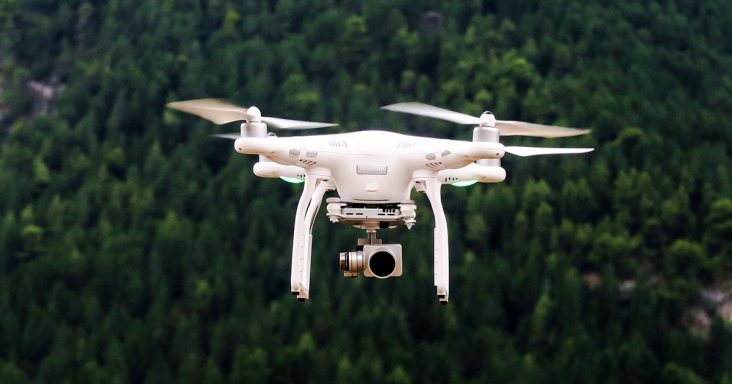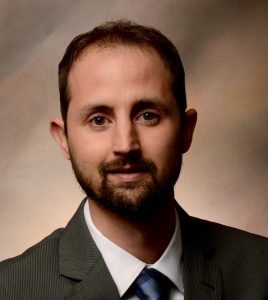Drone use expanding in Arkansas agriculture industry
by October 16, 2023 10:59 am 1,006 views

Satellite images and those captured by drones are aiding farmers in new ways. The University of Arkansas Cooperative Extension Service is adapting to ensure that it will be able to provide growers, consultants and other industry professionals with the best data available.
Jason Davis, who joined the University of Arkansas System Division of Agriculture as an extension pesticide application specialist in 2014, has been studying the use of remote sensing technologies since 2019 when he acquired a UAV pilot license. That same year, the Arkansas Plant Board granted the Division of Agriculture access to a drone for a three-year period, and Davis began incorporating it in a drift analysis project.
“Since then, the use of drones has only been limited by our own creativity,” Davis said.
The Division of Agriculture hired Davis, who completed his doctorate in 2022, for the newly-created position of assistant professor of remote sensing and pesticide application extension specialist. There is an increasing effort to formalize agent training in the use of drone and satellite imagery and analysis of the data it can provide.
“There is a plethora of crop-sensing capabilities and analysis, including weed detection, vegetative health, bees analysis, tracking of livestock and wildlife, irrigation efficiencies and forestry analysis,” he said.
Davis, along with Aurelie Poncet, assistant professor of precision agriculture and remote sensing for the Division of Agriculture, will present two in-service training seminars for extension agents in November.

“The class is aimed at county agents, so they can work at being better assets for their producers on these technologies,” Davis said.
An additional key to putting remote sensing imagery to use is acquiring and using both software and hardware to analyze the imagery in an actionable way, Davis said.
“It’s one thing to fly a drone. It’s another to have a decision model that will help you act on the information you’ve gained,” he said. “A lot of these technologies are difficult to access and may require the right computer or specialized software to manage them correctly. These specifications often make it difficult to incorporate these technologies into production systems. Through an extension scope, I’m trying to bridge the gap and make some of these technologies more accessible and practical to agents, consultants and producers alike.”
Agriculture is the leading economic sector in Arkansas, annually adding more than $20 billion worth of value. The state has 14.5 million acres of farmland, of which 6.2 million are dedicated to crops. Soybeans and poultry production are the state’s top row crop and livestock sectors.
